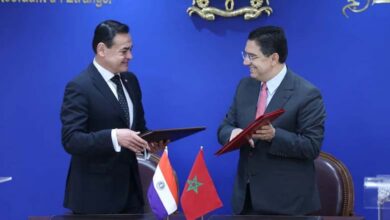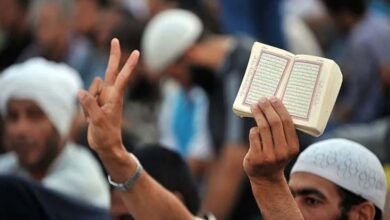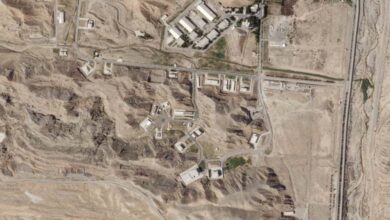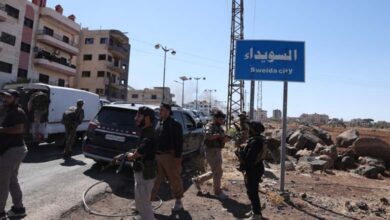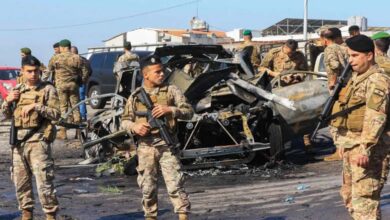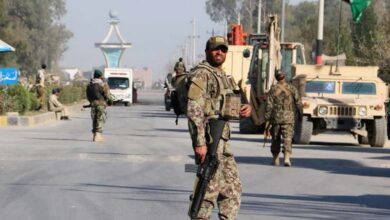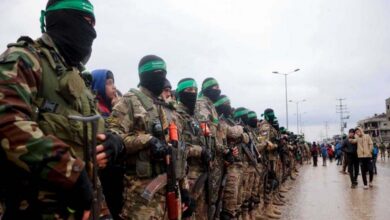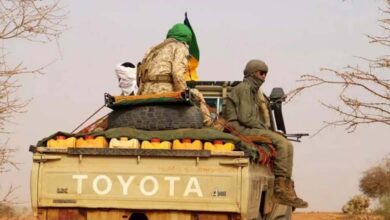After Three Decades of Pause, the United States Resumes Nuclear Weapons Testing
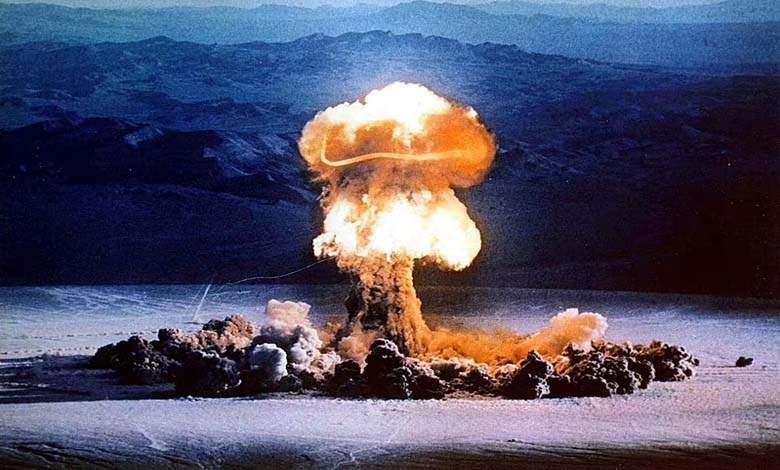
Global indicators of a renewed nuclear arms race have intensified following U.S. President Donald Trump’s announcement of the resumption of nuclear weapons testing “on an equal basis.”
The decision came shortly after Russia revealed the successful test of its nuclear-powered cruise missile “Burevestnik,” with unlimited range, and North Korea showcased its new intercontinental ballistic missile “Hwasong-20.”
“On an Equal Basis”
President Trump stated that he had ordered the Department of Defense to begin nuclear weapons testing “immediately,” emphasizing that the move was in direct response to “testing programs conducted by other nations.”
On his Truth Social platform, he wrote: “The United States possesses more nuclear weapons than any other country. This achievement, which includes the full modernization and refurbishment of existing arms, occurred during my first term in office. Because of the immense destructive power of these weapons, I hated doing it, but I had no choice. Russia comes second, and China, a distant third, will reach parity within five years. Due to ongoing testing by other countries, I have directed the Department of Defense to begin testing our nuclear weapons on an equal basis. This process will start immediately.”
The Pentagon has not yet clarified whether these directives will involve real nuclear detonations or underground simulations.
The United States has not conducted a full-scale nuclear test since September 1992 at the Nevada Test Site, relying instead on computer simulations to maintain the reliability of its arsenal.
Russian Tests and Weapons
Russia recently announced the successful test of its “Burevestnik” nuclear-powered cruise missile, claiming it has unlimited range and can bypass all existing defense systems.
Chief of the Russian General Staff, Valery Gerasimov, stated that the October 21 test confirmed the missile’s “unique characteristics,” noting that it traveled 14,000 kilometers during a continuous 15-hour flight.
He explained that the missile “executed all vertical and horizontal maneuvers with high precision and proved its capability to strike fortified targets anywhere on the planet.”
The “Burevestnik” is part of Moscow’s new generation of strategic weapons developed since the U.S. withdrawal from the Anti-Ballistic Missile Treaty in 2001. Its nuclear propulsion provides it with near-unlimited flight range and the ability to fly at low altitudes, making detection or interception extremely difficult.
President Vladimir Putin declared that the “final testing phase is complete” and that the missile is now “ready for operational deployment,” describing it as “a unique weapon system with no equivalent in the world.”
The successful test coincided with large-scale strategic nuclear drills supervised by Putin, which included the launch of a “Yars” intercontinental missile from the Plesetsk space base, a “Sineva” missile from a submarine in the Barents Sea, and X-102 cruise missiles launched from “Tu-95MS” bombers.
The Kremlin announced that the exercises “fully achieved their objectives,” confirming the readiness of Russia’s “nuclear deterrent triad.”
North Korea’s Tests
In East Asia, North Korea announced on October 11 a new intercontinental ballistic missile called “Hwasong-20,” describing it as “the most powerful strategic nuclear weapon system in the country.”
The announcement came during a massive military parade in Pyongyang, overseen by leader Kim Jong Un, who declared that his country “will continue strengthening its defense capabilities regardless of pressure.”
The missile uses solid fuel, allowing for faster launch times and greater maneuverability, and is believed to be capable of carrying multiple independently targetable reentry vehicles (MIRVs).
High-ranking officials from Russia, China, and Vietnam attended the parade, signaling the growing alignment of Eastern alliances in defiance of Western powers.


